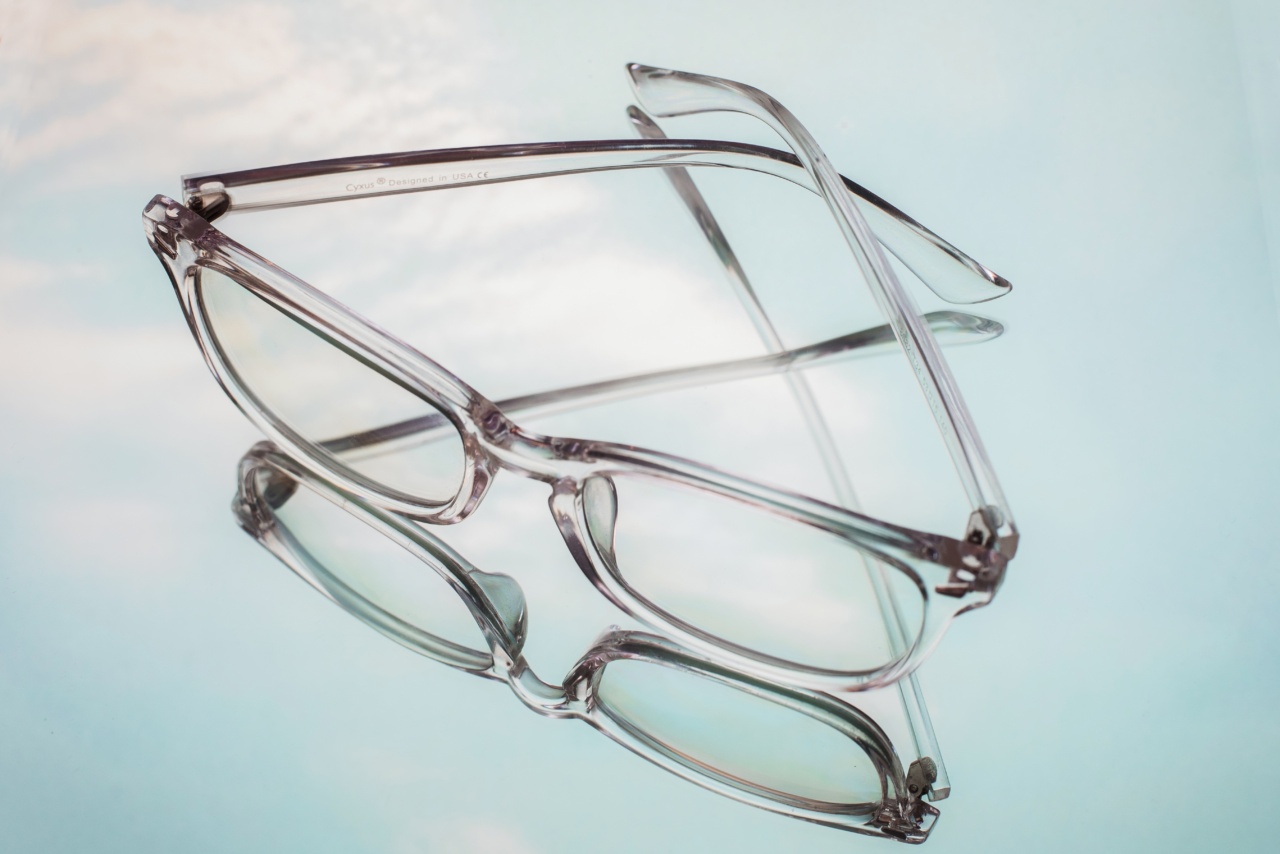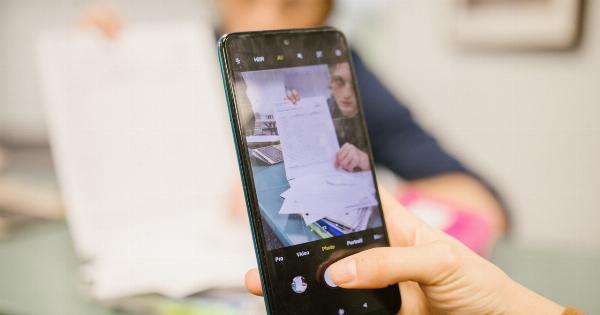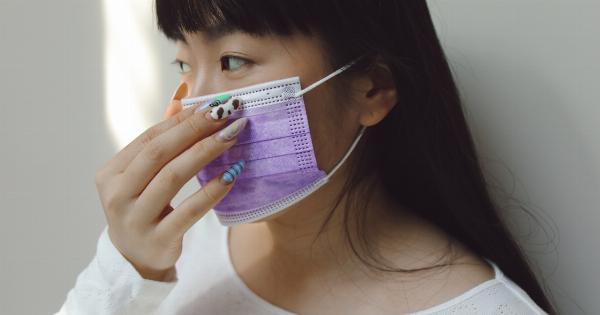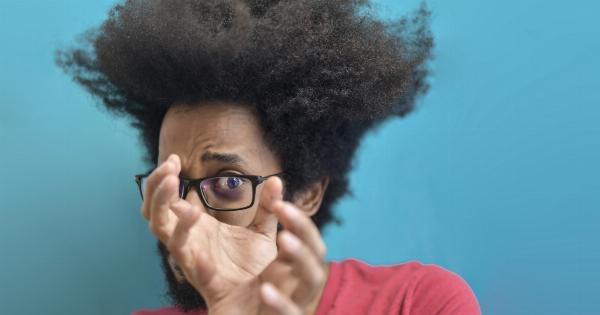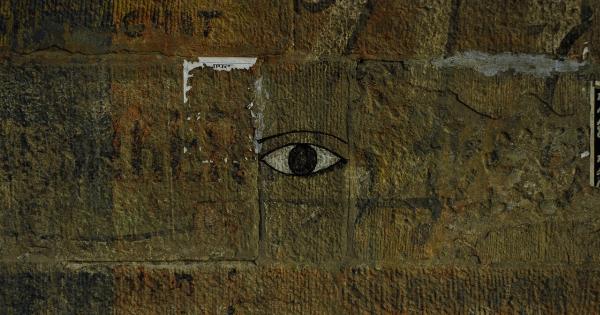Have you been experiencing blurred vision or difficulty seeing objects that are far away? You may be suffering from nearsightedness, a condition that affects about 30 percent of the population in the United States alone.
Nearsightedness, or myopia, is when the eye’s natural lens is too curved or the eyeball itself is too long, causing light to focus in front of the retina instead of on it. As a result, distant objects appear blurry.
If you suspect that you may have nearsightedness, you can easily test your eyesight using this simple 30-second test. The following is a step-by-step guide to help you determine whether or not you need corrective lenses:.
Step 1: Find a Snellen eye chart
The Snellen eye chart is a standardized chart that is used to measure visual acuity. It is typically displayed in doctor’s offices and eye clinics, but you can easily find a printable version online.
You can use any size chart as long as you stand 20 feet away from it.
Step 2: Stand 20 feet away from the chart
The Snellen eye chart is designed to be viewed from a distance of 20 feet, so make sure you are standing the appropriate distance away to get an accurate reading.
Step 3: Cover one eye
Cover one eye with your hand or an object, like a small paper cup or an eye patch. This will test each eye separately to determine if they have different levels of nearsightedness.
Step 4: Read the chart
Starting with the top row, read the letters on the chart out loud. Keep going until you can no longer read the letters clearly. Make note of the smallest line that you were able to read accurately.
Step 5: Repeat with the other eye
Remove the object or hand covering your first eye, then cover the other eye and repeat the test. Make note of the smallest line that you were able to read accurately with your other eye.
Step 6: Compare your results
If you were unable to read the smallest letters on the chart, you may have nearsightedness. The degree of nearsightedness can be determined by the lowest line that you were able to read accurately.
This can be measured in diopters, which is a unit of measurement used to describe the degree of lens power required to treat nearsightedness. If you have a reading of -1.50 diopters, for example, this means that your lens would need to be adjusted by 1.50 units of power to correct your vision.
When to visit an optometrist or ophthalmologist?
If you have nearsightedness, a visit to an optometrist or ophthalmologist is recommended to get an accurate diagnosis and treatment plan.
They can perform a comprehensive eye exam, which may include visual acuity tests, refraction tests, and a slit-lamp examination to evaluate the front and back of the eye. They can also help you determine the best course of treatment, which may include eyeglasses, contact lenses, or LASIK surgery.
Final Thoughts
If you are experiencing any symptoms of nearsightedness, such as blurred vision, eye strain, or headaches, it is important to get your eyes checked as soon as possible.
Nearsightedness is treatable, and early detection can help prevent further damage to your eyesight.
